1. Unique Working Environment of Medical Mold Injection
With the rapid development of plastics and plastic molding industries, the quality requirements for medical mold injection have reached new heights. The failure mechanisms and influencing factors of medical mold injection have become a hot topic in industry research. The core components of medical molds, such as convex and concave molds, not only construct the precise cavities of plastic molds but also directly participate in the molding process of plastic parts, enduring multiple tests from pressure, temperature, friction, and corrosion.

2. In-depth Analysis of Plastic Mold Material Failure
The manufacturing process of molds encompasses every step from design conception to material selection, heat treatment, precision machining, and finally, debugging and installation. According to thorough research, the choice of mold materials and heat treatment processes occupy a central position among the numerous factors affecting mold service life. From the perspective of total quality management, the influencing factors of mold life should not be simply viewed as a linear summation but as the product of their interactions. Therefore, the quality of mold materials and heat treatment is of utmost importance throughout the entire mold manufacturing chain.
Upon further analysis of common mold failure modes, medical mold injection primarily faces three challenges in practical applications: wear failure, local deformation failure, and fracture failure. These failure modes not only affect the performance and lifespan of the mold but also directly relate to the precision and safety of medical products.
3. Performance Requirements for Medical Mold Injection Steel
Alongside the rapid development of the manufacturing industry, medical molds, as crucial tools in plastic molding processing, have seen their production proportion in total molds increase annually. With the continuous emergence of high-performance plastic materials, the types and application fields of plastic products have expanded, and products are moving towards precision, large-scale, and complex directions. Simultaneously, the increase in molding speed also poses higher requirements on the working conditions of molds. In this context, the steel used for medical mold injection must meet higher performance standards to adapt to these changes and challenges.
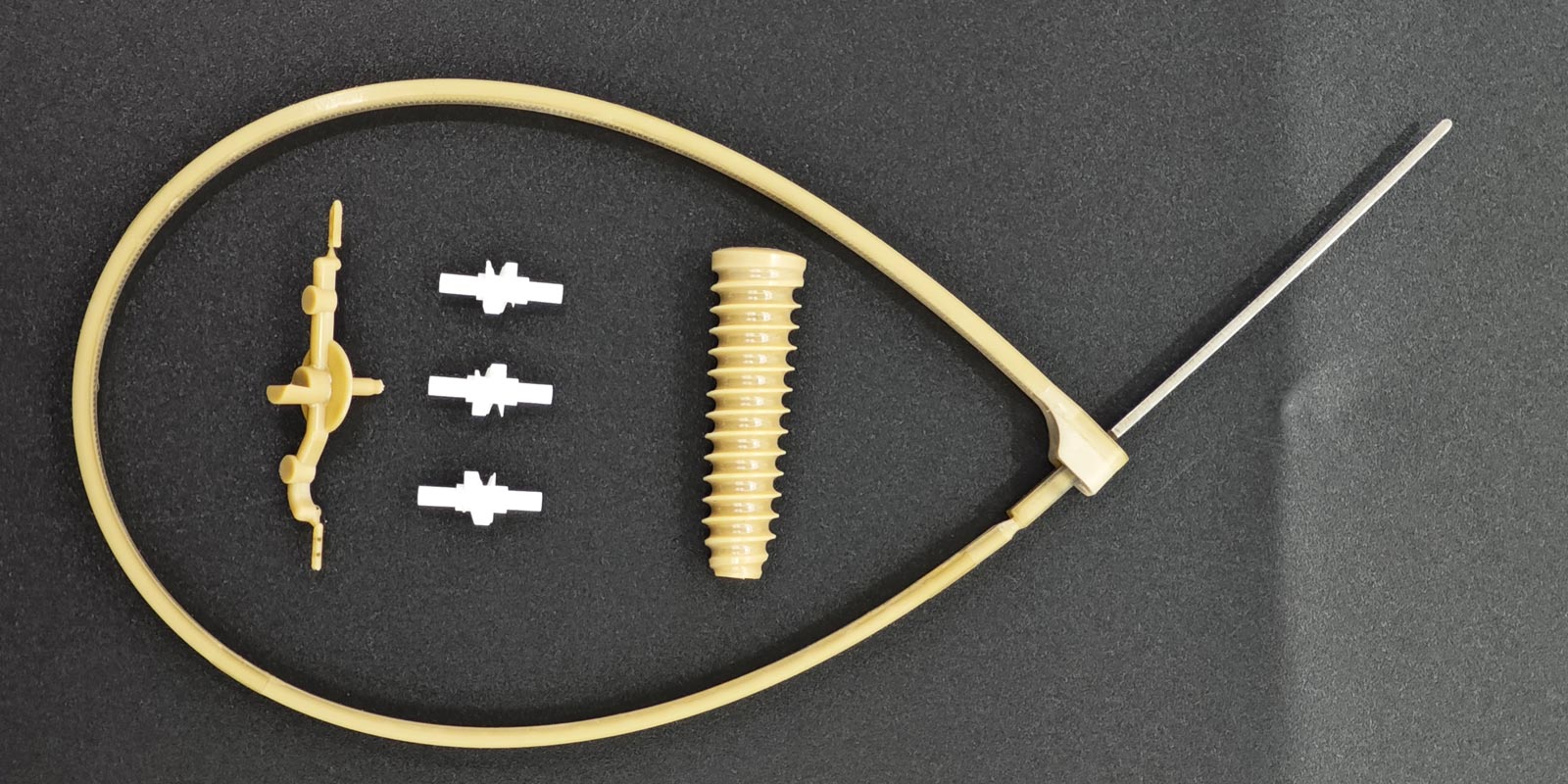
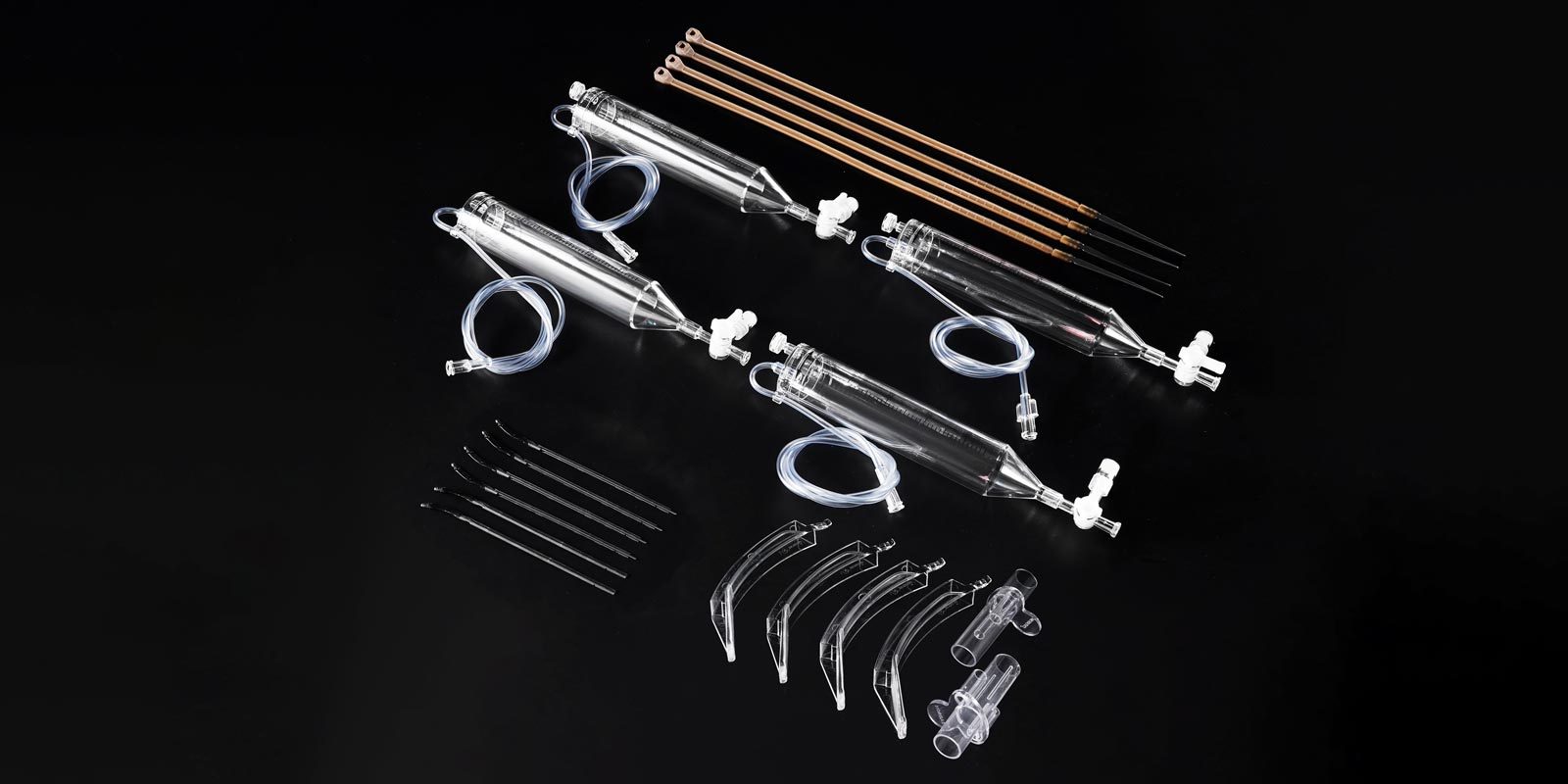
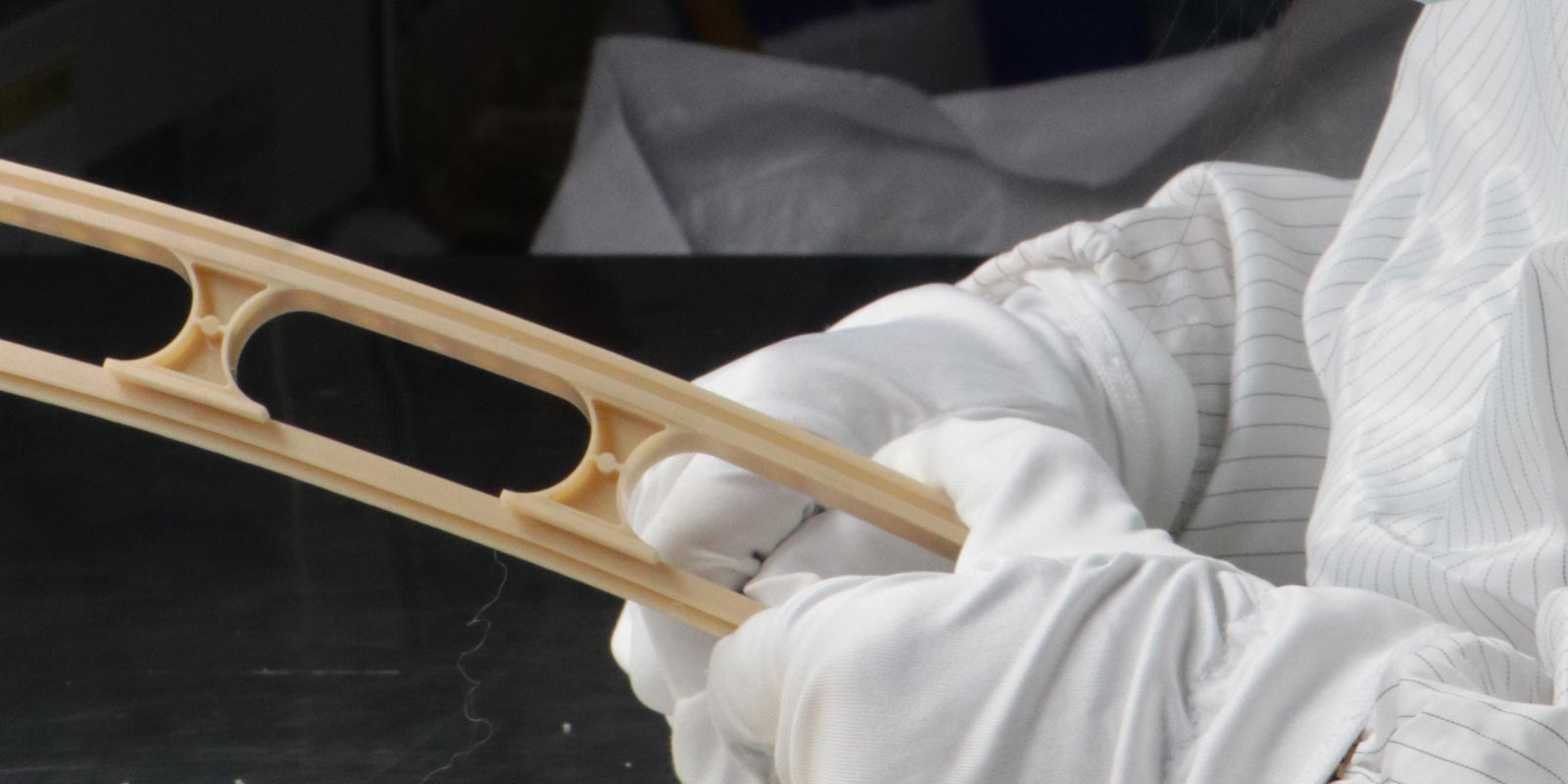
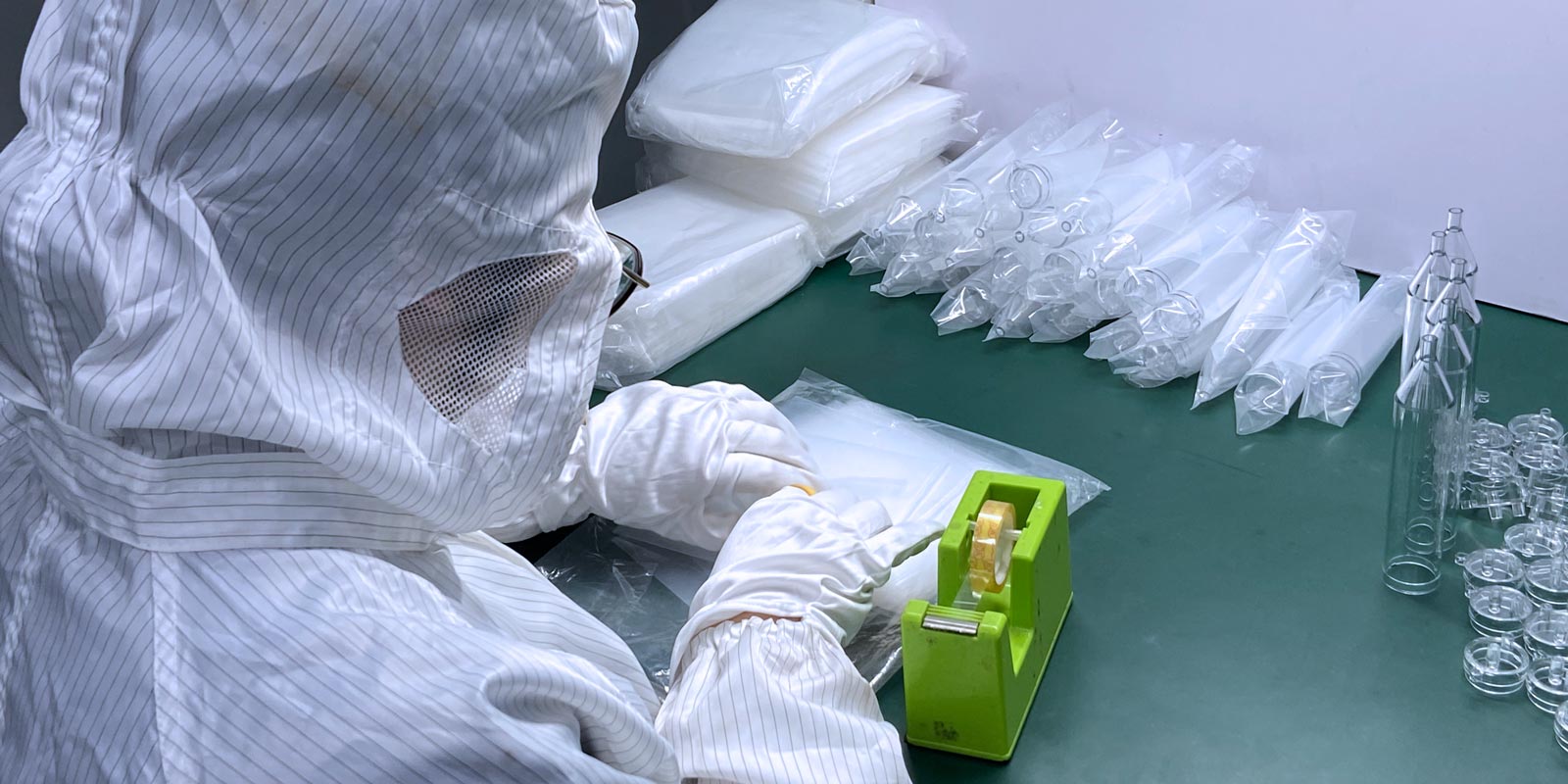
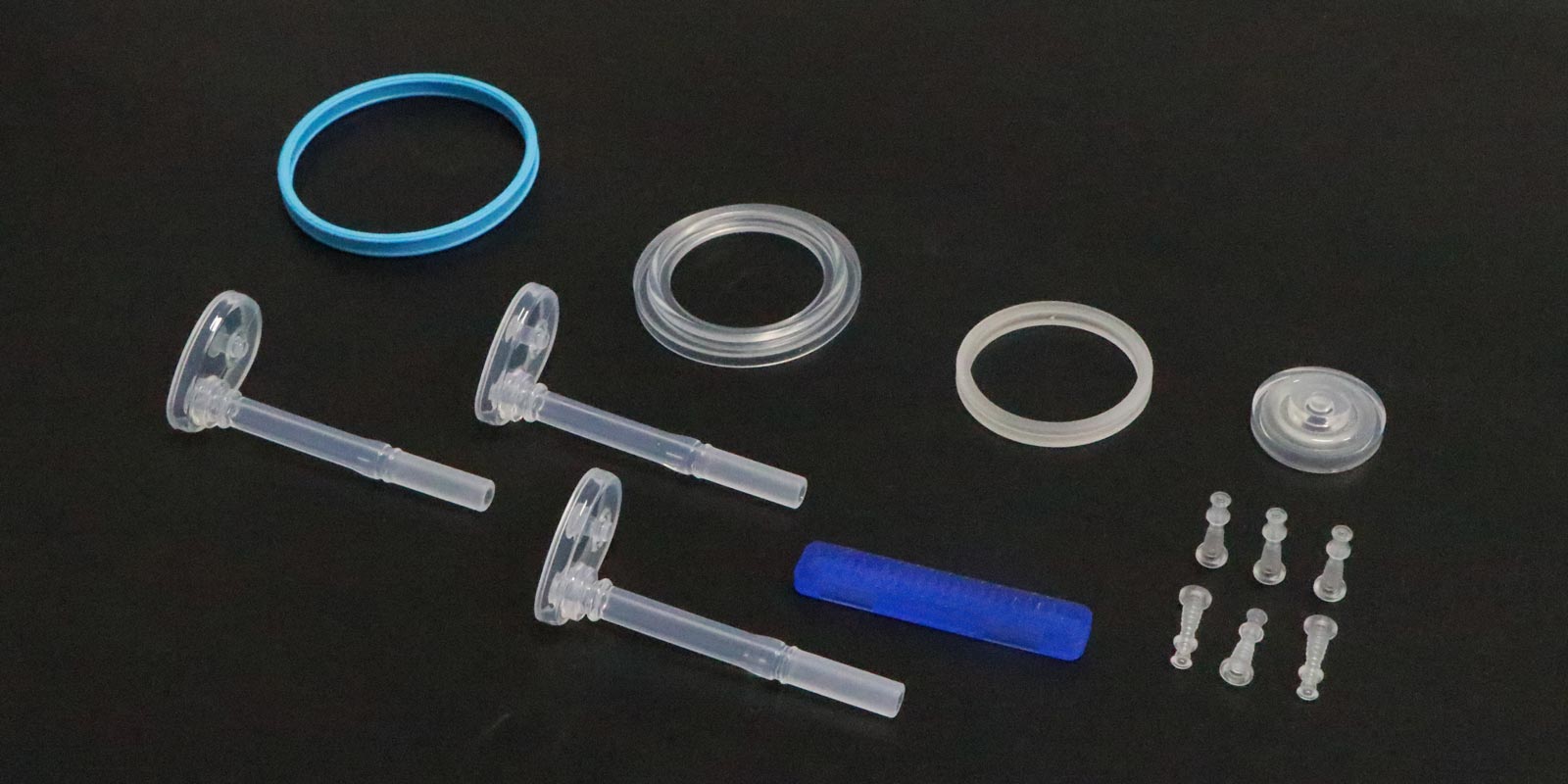











 Home
Home
